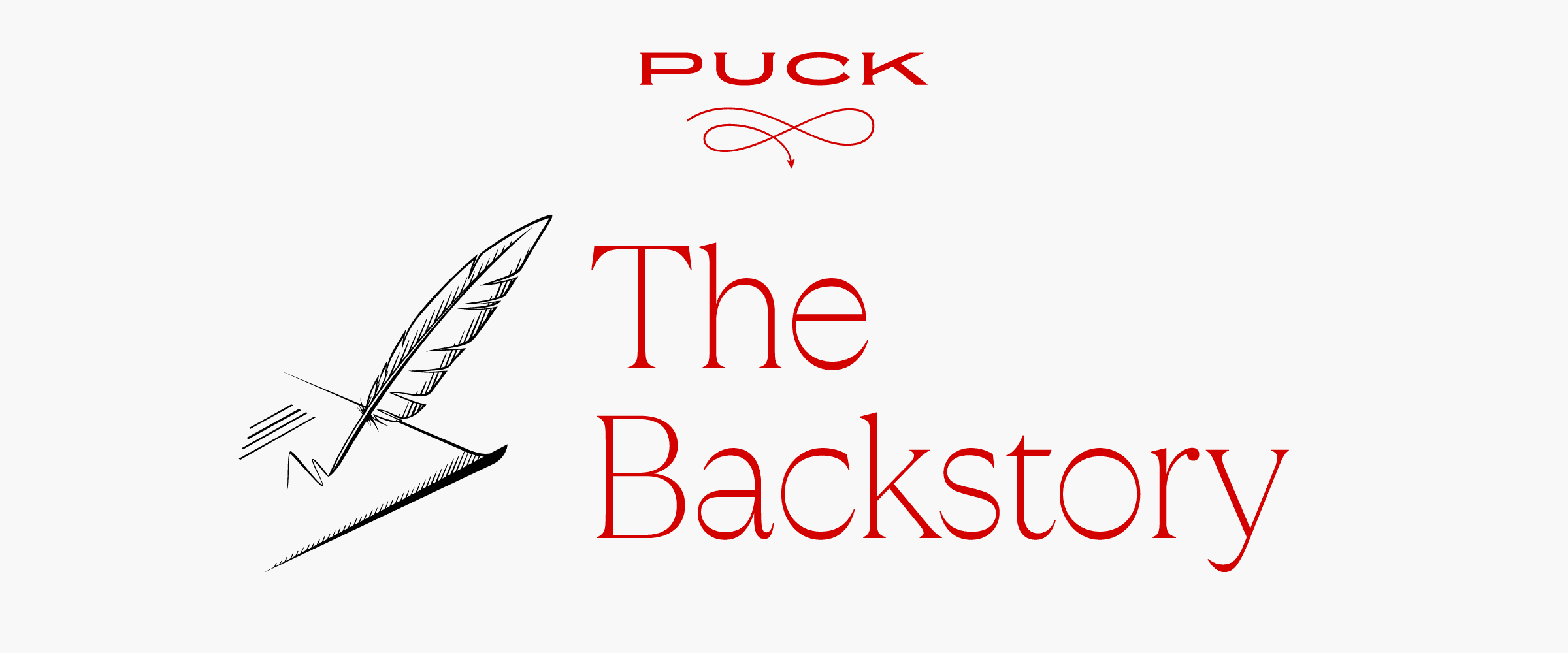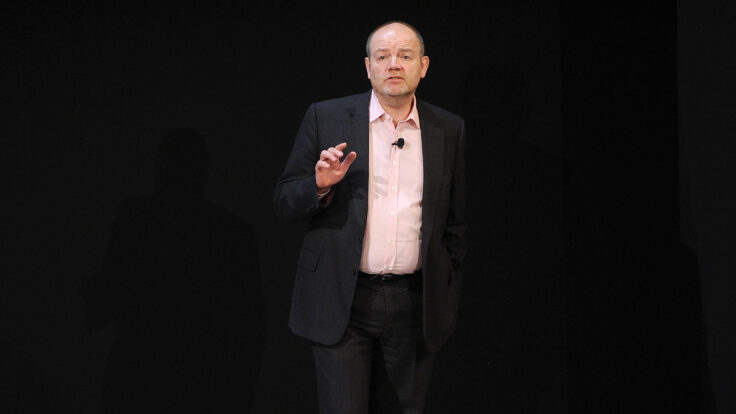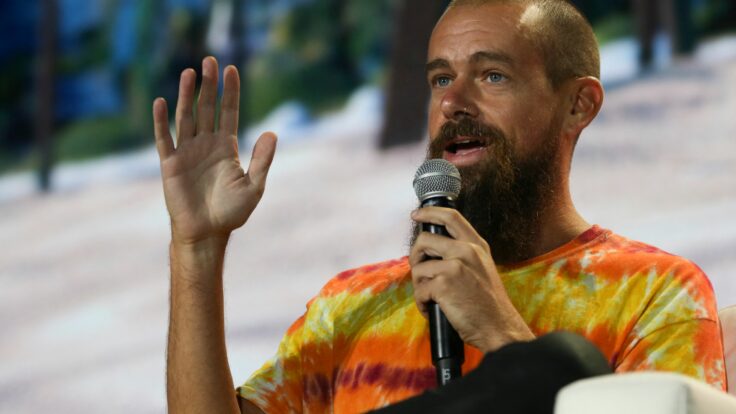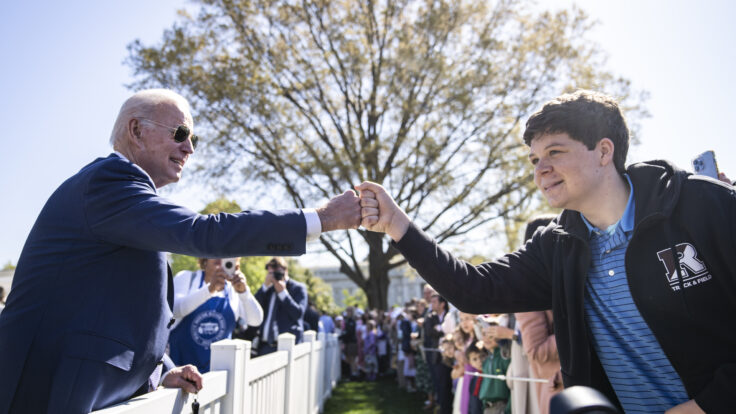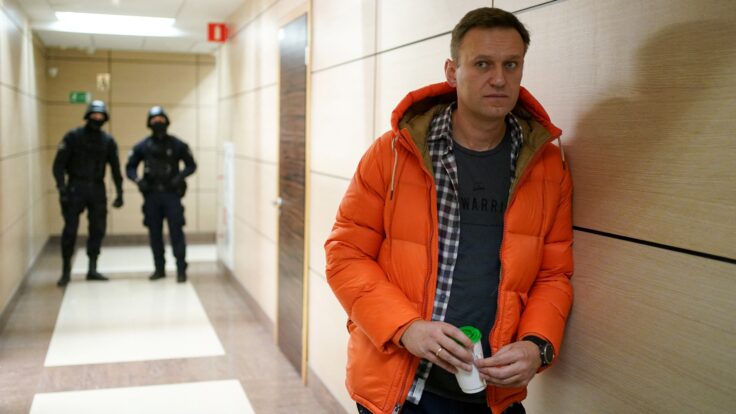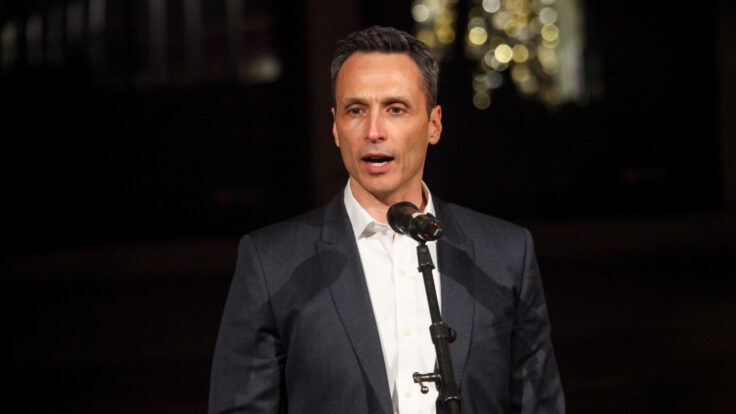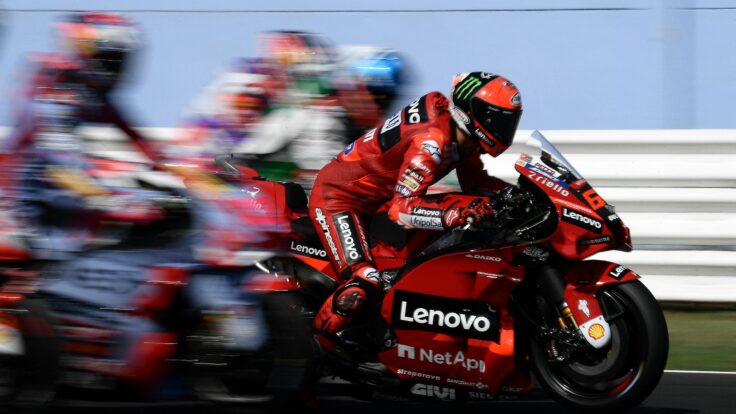FASHION:
Lauren Sherman introduces Matthieu Blazy as the new Kaiser of Chanel.
and…
Rachel Strugatz looks back on the fallow M&A year in the beauty business.
ART MARKET:
Marion Maneker details the auction choreography of an $18 million Magritte and catches up with a budding star of the Miami art scene.
HOLLYWOOD:
Matt Belloni weighs in on a brewing public relations fracas.
and…
Eriq Gardner analyzes a new lawsuit that rides the coattails of the Scarlett Johansson A.I. conflagration.
meanwhile…
Scott Mendelson digests the record Thanksgiving weekend at the box office.
WALL STREET:
Bill Cohan investigates the latest twist in the Truth Social stock drama and deciphers Larry Fink’s master plan.
SILICON VALLEY:
Baratunde Thurston and Abby Livingston discuss how the trillion-dollar politics of A.I. has led to some strange bedfellows on Capitol Hill, presented by Meta.
MEDIA:
Dylan Byers has the latest on the Washington Post editor search and deciphers an MSNBC leadership change.
and…
John Ourand ponders the true value of Stephen A. Smith’s historic new contract.
WASHINGTON:
Peter Hamby eavesdrops on a Harris grievance session.
and…
Tara Palmeri collects all the latest rumblings emanating from Mar-a-Lago.
meanwhile…
Abby does the math on Hegseth’s confirmation odds.
PODCASTS:
🎧 Dylan and former Hearst president Troy Young contemplate some legacy media counterfactuals on The Grill Room.
and…
John Ourand reunites with Andrew Marchand on The Varsity.
and…
John Heilemann and Tina Brown assess Trump’s appointment carny act on Impolitic.
and…
Matt and Lucas Shaw evaluate whether Disney has regained its movie mojo on The Town.
and…
Tara swaps notes with Michael LaRosa and Chris Cillizza on Biden’s legacy on Somebody’s Gotta Win.
and…
Lauren welcomes Puck’s new retail correspondent, Sarah Shapiro (and talks holiday shopping, too), on Fashion People.
and…
Peter and Marion examine Sotheby’s financial challenges on The Powers That Be.
As a reminder, you can update your profile at any time to get more stories like these directly in your inbox. Click here to customize your email settings.
|
| Earlier this week, as I was hopping onto the subway, I texted my partner John Ourand to ask if he had any insight into Stephen A. Smith’s months-long negotiation with ESPN. Back in the spring, as Puck devotees might recall, Stephen A. had made it clear that he wanted to become the network’s highest-compensated talent—perhaps turning his $12 million yearly deal into a $25 million annual payday.
Yes, it seemed like a strange moment in the history of cable television to ask for such a titanic raise, but Stephen A. had inarguably become ESPN’s most recognizable anchor, a celebrity worthy of those tacky tunnel cam videos, himself. It didn’t hurt, either, that Endeavor president Mark Shapiro was personally working on the deal. WME, Endeavor’s talent representation business, had previously negotiated historic packages for Joe Scarborough and Rachel Maddow, two other marquee earners in a declining industry. (Disclosure: WME represents Puck.)
My text to John was immediately prompted by a piece in The Athletic suggesting that Stephen A. and ESPN were closing in on a $20 million-a-year package—not quite doubling his current salary but still nice work if you can get it. But I assumed that—as is often the case—the headline number was merely the tip of the iceberg, and wanted to know how the deal had come together: what Smith truly wanted, and what ESPN chairman Jimmy Pitaro, a good guy in a business not exactly teeming with them, was willing to concede.
The strategy behind the negotiation was intensely fascinating to me, I’ll admit. I came of age in the halcyon days of ESPN, when the “This Is SportsCenter” ads had become cultural tropes and Stuart Scott’s most famous lines—cooler than the other side of the pillow—were legit hallmarks. As I’ve noted before in this space, the network was the profit center of The Walt Disney Company, and possibly the most important media entity in our economy.
And yet, things change. Just like CNN in the TV news space, ESPN has been battered by the various headwinds reshaping media—a transformation defined by rebundling, yes, but also the delicate choreography of managing the decline of the cable business while growing a streaming enterprise… all while simultaneously servicing the needs of a large and historic parent company. Smith’s salary demand arrived just as Pitaro was contemplating how he could optimize capital expenditure in the old world in order to propel ESPN’s forthcoming D.T.C. streaming property. This was the story, I noted to John, that I thought he might probe.
Days later, a typical Ourand masterpiece arrived in my inbox. In Stephen A. Backs Up the Brink’s Truck, John elegantly lays out the many backstage nuances of the deal—in particular, Pitaro’s recognition that Smith was, as they put it quite scientifically in Bristol, a needle-mover. Indeed, he was that rare bird, along with Pat McAfee and a few others, who could command loyal ratings, justify ESPN’s price in the cable bundle, and facilitate the path to streaming. Amid this complex moment in our industry’s history, Pitaro was simultaneously exiting replaceable stars and going all-in on more unique talents.
But perhaps the most relevant detail that John unearthed was that Smith’s deal was non-exclusive beyond sports. If Smith wanted to launch a SiriusXM show about the culture, as has long been rumored, he’d have a green light. “This type of concession would have been unimaginable just a few short years ago, in the Skipper era, when ESPN positioned itself as the center of the sports media universe,” John noted. “Alas, now all the large-platform companies getting into sports have prompted some creativity.”
I hung on to those words for a beat or two. We are in a new type of talent-driven economy, one where elite creators are able to leverage the power of their platforms and their own authentic voice. This is one of the great transformations in our time, and the true leitmotif of Puck—a business built around our own needle-movers.
Have a great weekend,
Jon
|
